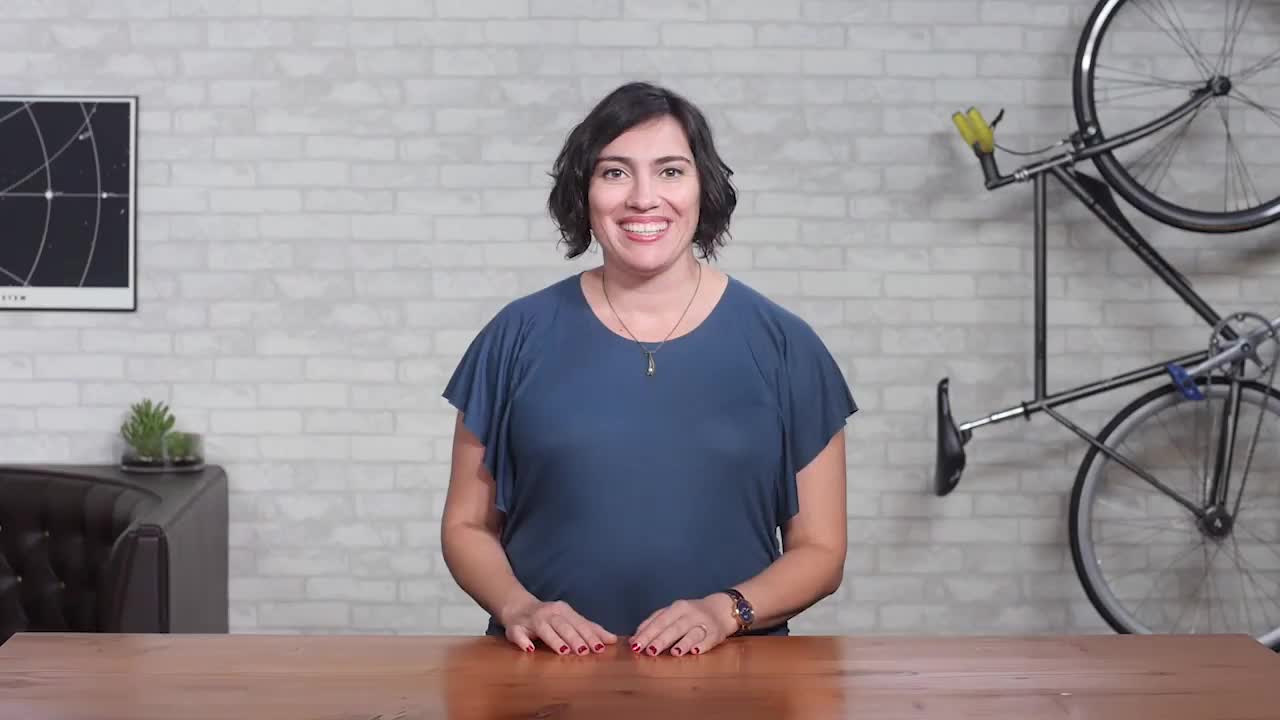Heads up! To view this whole video, sign in with your Courses account or enroll in your free 7-day trial. Sign In Enroll
Preview
Video Player
00:00
00:00
00:00
- 2x 2x
- 1.75x 1.75x
- 1.5x 1.5x
- 1.25x 1.25x
- 1.1x 1.1x
- 1x 1x
- 0.75x 0.75x
- 0.5x 0.5x
If you’re the one running the usability study and asking participants questions, you’ll need to brush up on the moderation best practices.
Moderator techniques and best practices
- Form unbiased questions
- Avoid leading responses
- Make the participant feel comfortable
- Ask limited follow-up questions
- Observe diligently
- Encourage thinking aloud
- Use simple language
- Check in with observers
Related Discussions
Have questions about this video? Start a discussion with the community and Treehouse staff.
Sign upRelated Discussions
Have questions about this video? Start a discussion with the community and Treehouse staff.
Sign up
Now we'll be taking a closer look at
moderated techniques and best practices.
0:00
Perhaps you noticed some
of them in the last video.
0:04
1, Form unbiased questions.
0:07
Make sure to avoid biased
questions throughout the study.
0:11
For example, when I asked about the
Amazon's Choice label, I could have asked,
0:15
was the label helpful?
0:20
Or, did you click on a specific product
because it had the Amazon choice label?
0:21
No, I simply asked, why did you click
on the one that says Amazon Choice?
0:27
2, Avoid leading responses.
0:32
It is easy to get carried away and provide
leading responses to the participants.
0:37
For example, when the participant paused
after telling me what information
0:41
they were looking for on another page.
0:45
I could have said,
that's a reasonable thing to look for,
0:46
or it makes sense that you'd
want more information there.
0:50
Either of these would have
shown a form of approval and
0:55
would have led them to seek more approval.
0:58
Instead I simply responded with,
I understand now.
1:01
3, Make the participant feel comfortable.
1:06
A participant who's comfortable will be
more honest and forthcoming in your study.
1:10
The journey to establishing rapport
starts even before your first meeting.
1:15
Make sure all the communication leading
up to the study is clear and consistent.
1:20
When the participant arrives, welcome
them, shake hands, use a friendly tone.
1:25
The last part applies to both
in person and remote testing.
1:31
4, Ask limited follow-up questions.
1:35
It's important to ask clarifying
questions when you have them,
1:39
but don't force the issue.
1:43
Give the participants a chance to
use your products naturally, and
1:45
maybe even forget you're there for
a moment or two.
1:50
5, Observe diligently.
1:53
Notice everything.
1:56
Did they hesitate before
selecting an option?
1:58
Did they give a heavy sigh [SOUND]
when they landed on that new page?
2:01
Were they excited when they
saw some feature pop up?
2:07
All of these subtle behaviors matter,
just as much as whether
2:10
the participant was able to
complete the task successfully.
2:15
6, Encourage thinking aloud.
2:19
We're not mind readers, and
2:21
we'll need the help of our participants
to know what they're thinking.
2:23
Ask them to think aloud,
and remind them, as needed,
2:27
during the extended moments of silence.
2:31
7, Use simple language.
2:33
All of your communication from
e-mail to the in person dialogue
2:37
should be in simple language.
2:41
Avoid industry specific terms
that might be familiar to you but
2:43
technical and
possibility confusing to the other person.
2:47
8, Check in with observers.
2:51
Make sure to give the observers a chance
to let you know the questions for
2:54
the participants.
2:57
This will both make sure that you cover
all the important angles of the study
2:59
as well as keep the observers engaged.
3:03
Now that you're familiar
with what makes for
3:06
great moderation, run a couple friends or
colleagues through your study as practice.
3:08
And then you should be ready to start with
a participant from your target audience.
3:13
Good luck.
3:17
You need to sign up for Treehouse in order to download course files.
Sign upYou need to sign up for Treehouse in order to set up Workspace
Sign up